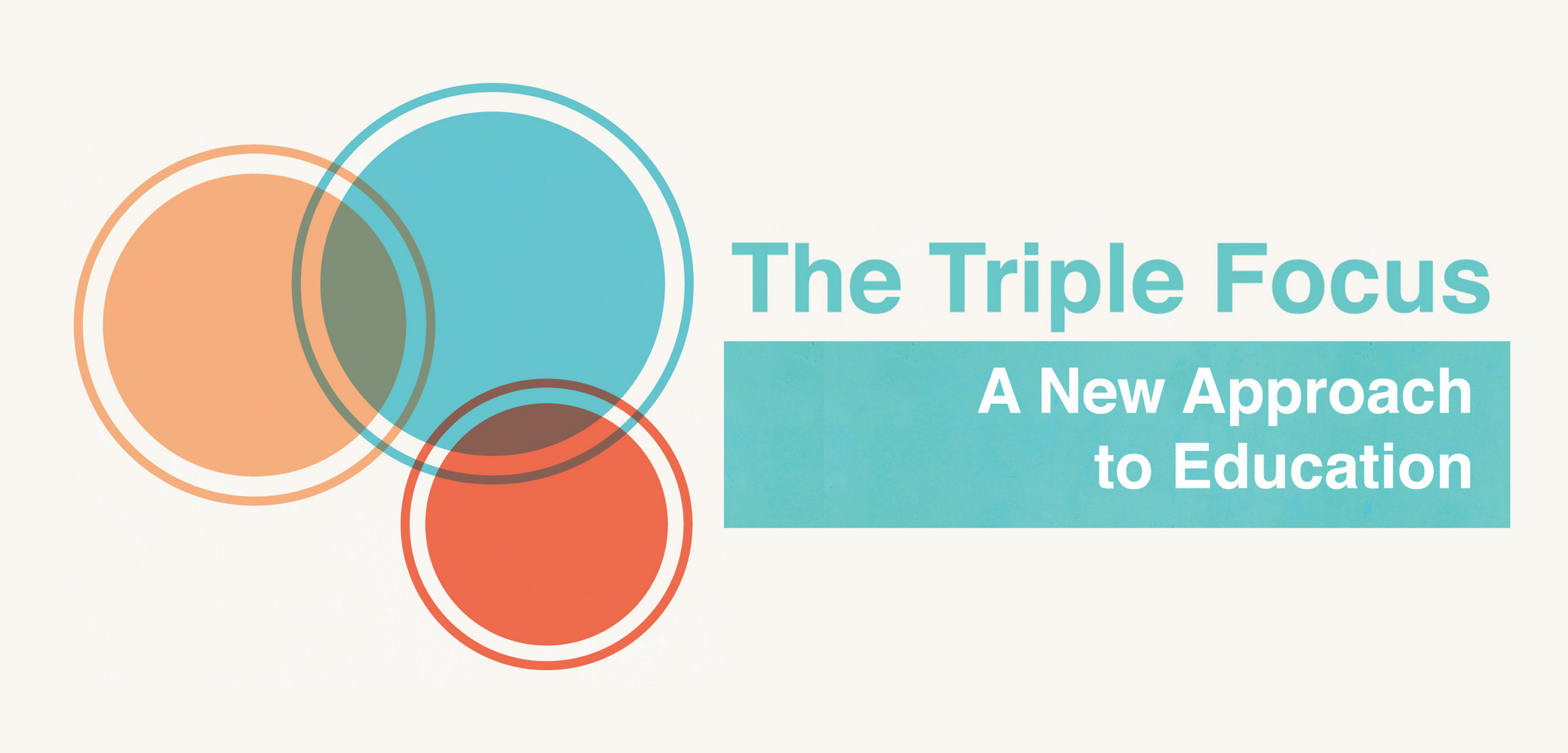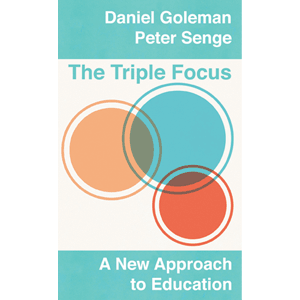
Daniel Goleman recently spoke with CASEL (Collaborative for Academic, Social and Emotional Learning) about his latest book with Peter Senge, The Triple Focus: A New Approach to Education.

In the discussion, Dr. Goleman offers several ways to incorporate focus-related learning into the classroom:
- Treat students and teachers as co-learners. Foster students learning with and from one another, and encourage them to develop responsibility for their own learning.
- Use the real-life situations that students care about to foster reflection and growth, both emotionally and cognitively.
- Choose teaching tools that are specific for these applications. The attention-training methods being tried in classrooms today offer a well-tested way to help children enhance their cognitive control, which is central to self-mastery. Adding a focus on enhancing empathy and concern for others adds a fresh emphasis that should lead to better relationships and teamwork. And systems learning offers constructs that can help SEL students better understand relationships, families, schools, and organizations. All three together offer an invaluable increase in the life skills learning that is part of SEL.
We’ve also put together a collection of resources for educators, school administrators, and parents to introduce the triple focus to students.








